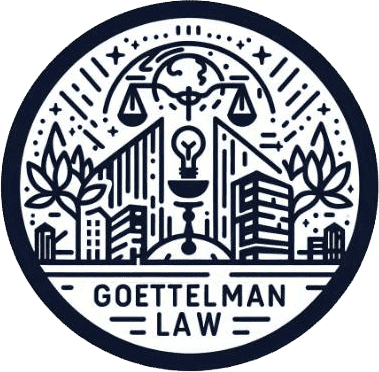The term “Web3” has been gaining significant traction in the tech community, heralding what many believe to be the next phase in the evolution of the internet. But what exactly is Web3, and how are projects within this space funded?
Web3, also known as Web 3.0, represents a new paradigm for internet users and developers, characterized by a decentralized network structure that contrasts sharply with the centralized architectures of the current Web2. The concept of Web3 is built on the foundation of blockchain technology, which enables a peer-to-peer network where transactions and data are not controlled by any single entity. This decentralization is a core tenet of Web3, aiming to give users more control over their data and online interactions.
At the heart of Web3 is the idea that users can interact directly with decentralized applications (dApps) and services without the need for intermediaries. This not only enhances privacy and security but also opens up new possibilities for digital ownership and economic models, such as token-based economies and non-fungible tokens (NFTs). Web3 is envisioned as a more democratic and user-centric internet, where the value generated benefits the users themselves rather than large corporations.
Funding Web3 Projects: Grants, Crowdfunding, and ICOs
The funding of Web3 projects is as innovative as the technology itself. Traditional venture capital investment still plays a role, but the decentralized nature of Web3 has given rise to alternative funding mechanisms that align with its ethos.
1. Grants: Many Web3 projects start with grants provided by organizations that support the development of the decentralized web. For example, the Web3 Foundation Grants Program has funded a wide range of projects, from finance to social networking, that contribute to the Web3 ecosystem.
2. Crowdfunding: Crowdfunding platforms have emerged as a popular way to raise funds for Web3 projects. These platforms often utilize blockchain technology to create a transparent and efficient fundraising process. Kickstarter, for instance, announced plans to launch a Web3-enabled platform to crowdfund creative projects on the blockchain.
3. Initial Coin Offerings (ICOs): ICOs have been a revolutionary method of funding for many blockchain-based projects. In an ICO, a project creates a new cryptocurrency or token and sells it to the public, often to raise capital for development. This method has been both praised for its ability to democratize investment and criticized for its regulatory challenges and potential for fraud.
4. Decentralized Autonomous Organizations (DAOs): DAOs are another innovative funding model within the Web3 space. These are organizations that are run by smart contracts on the blockchain, with decisions made by token holders. DAOs can fund projects that align with their goals and values, providing a community-driven approach to investment.
5. Token Sales and Airdrops: Some projects distribute tokens to early adopters or contributors, either through sales or as free airdrops. These tokens can represent a stake in the project or be used within the project’s ecosystem, creating an incentive for early support and participation.
The Future of Web3 and Its Economic Impact
The development of Web3 has the potential to significantly impact the global economy. By creating a more open and decentralized internet, Web3 could reduce the dominance of big tech companies, foster innovation, and create new markets and job opportunities. Moreover, the emphasis on user ownership and control could lead to a more equitable distribution of wealth and resources online.
As Web3 continues to evolve, it will be fascinating to watch how these new funding mechanisms and economic models play out. The promise of a decentralized internet where
users have more control and ownership is an exciting prospect, and the innovative approaches to funding are likely to continue to evolve alongside the technology itself.
